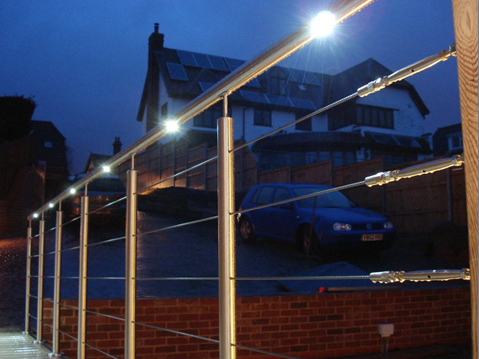The Royal Institute of British Architects’ (RIBA) Future Trends Workload Index made a strong recovery in the final month of 2017, rising from -1 in November 2017 back into positive territory at +8 in December.
In terms of geographical analysis, the picture remained mixed. Practices in the North of England were the most upbeat in December (balance figure +22), closely followed by the Midlands and East Anglia (balance figure +18).
Practices in London continue to be more pessimistic about future workloads, although the balance figures for London of -5 was somewhat better than in recent previous months, rising from -15 in November 2017, the lowest figure for London practices seen last year. Workloads seem to be fairly steady regardless of practice size.
In terms of different work sectors, all the sector forecasts moved upwards, reversing November’s downward movement. The private housing sector workload forecast remained the most positive, bouncing back up to +9 in December 2017.
The commercial sector workload forecast had a balance figure of +8 in December 2017, up from -3 in November. These continue to be the two work sectors that are primarily driving demand for architectural services.
The community sector workload forecast (balance figure -4) and the public sector workload forecast (balance figure -1) both saw gains but remain the weakest sector forecasts.
The RIBA Future Trends Staffing Index also bounced back this month, standing at +5 in December 2017 compared with -4 in November, climbing back out of negative territory.
When asked whether a lack of work over the last month had led to them personally being underemployed, just 13% said yes, suggesting that there is not an excessive amount of slack in the architectural labour market at present and that employment prospects for salaried architects remain fairly stable.
RIBA Executive Director Members, Adrian Dobson, said: “December’s commentary provides a more positive picture, with many practices forecasting an increase in future workloads.
“The private housing refurbishment and extension market remains generally brisk for many, however a number of larger practices continue to report that Brexit uncertainty is putting a brake on development investment. Low price competition from non-architect purveyors of architectural services also continues to be a talking point for a number of correspondents.”





